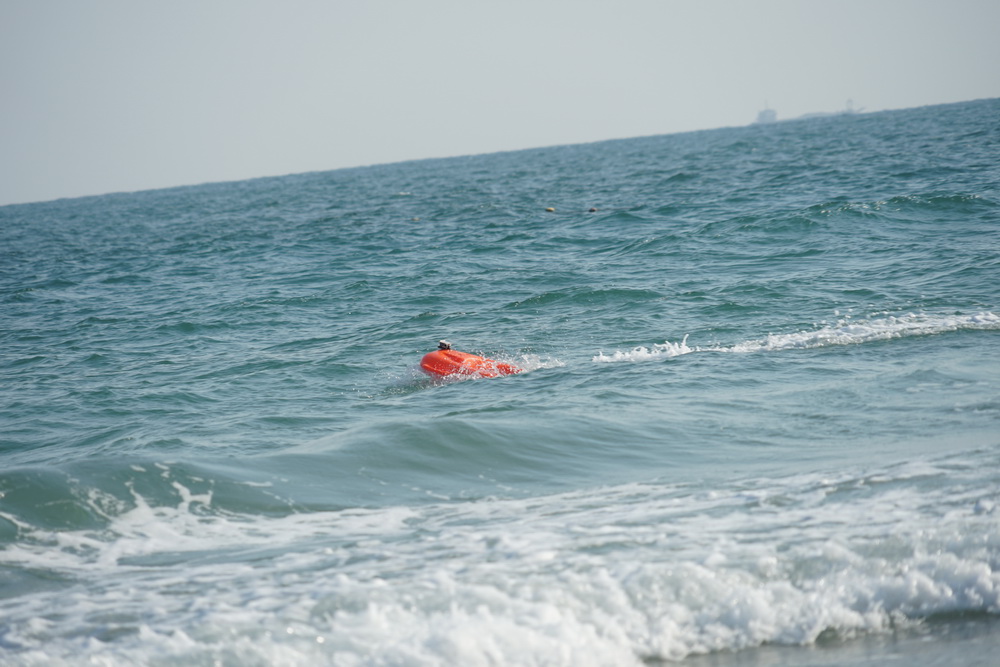Title: The Value of the "Electric Lifebuoy" in Swimming Pool Safety Management
The "Electric Lifebuoy" Enhances Rescue Response Speed
In traditional swimming pool management, when a drowning incident occurs, lifeguards must rush from their fixed posts to the affected area and jump into the water to perform rescue operations. This process often takes considerable time, especially in large pools or during peak hours—every second of delay could lead to irreversible consequences. The "electric lifebuoy," as an intelligent water rescue device, can be remotely operated to quickly reach individuals in distress, with top speeds reaching 5–7 km/h, far exceeding human swimming speed. This significantly reduces critical rescue time and greatly improves rescue efficiency.
The "Electric Lifebuoy" Strengthens Rescue Capabilities in Complex Environments
Although swimming pools appear calm, they still present visual blind spots and rescue challenges under special conditions such as nighttime, adverse weather, murky water, or crowded areas. Traditional visual monitoring and manual patrols cannot fully cover all risk points. Equipped with LED lighting, waterproof cameras, and remote control systems, the "electric lifebuoy" can accurately locate drowning victims under low visibility and steadily approach them for rescue. Even when lifeguards are physically exhausted or unable to enter the water, the "electric lifebuoy" can independently complete initial rescue tasks, serving as a powerful extension of human lifeguards.
The "Electric Lifebuoy" Reduces Lifeguard Workload and Risk
Lifeguards are the first line of defense in swimming pool safety, but prolonged high-intensity work can easily lead to fatigue, affecting judgment and reaction speed. Using the "electric lifebuoy" effectively reduces physical strain on lifeguards and avoids potential dangers associated with direct water entry (such as being dragged underwater by a struggling victim). Designed with a U-shaped ergonomic structure, the "electric lifebuoy" allows victims to easily grasp and lie across the device to stay afloat, enabling "non-contact" rescue. This ensures both the safety of the rescued individual and the personal security of the rescuer.
The "Electric Lifebuoy" Promotes Smart Pool Development
With the advancement of smart city initiatives, intelligent security devices are increasingly being integrated into public facility management. Incorporating the "electric lifebuoy" into swimming pool safety systems not only reflects a high level of responsibility for life safety but also demonstrates the technological sophistication of the venue. By integrating AI recognition systems, automatic alarm devices, and联动 (linked) response mechanisms with the "electric lifebuoy," a 24/7, fully automated emergency rescue loop can be established. This provides swimmers with greater peace of mind and enhances the facility’s brand image and social reputation.


 .
.

Conclusion
In summary, the "electric lifebuoy" is not only a vital supplement to traditional lifesaving methods but also a key indicator of modern swimming pool safety management evolving toward intelligence and efficiency. Its advantages—rapid response, safety, reliability, and ease of operation—make it indispensable in preventing and responding to drowning incidents. In the future, as technology continues to advance, the "electric lifebuoy" will undoubtedly see wider adoption in public spaces, safeguarding more lives on the water.




















 Current Position:
Current Position:












